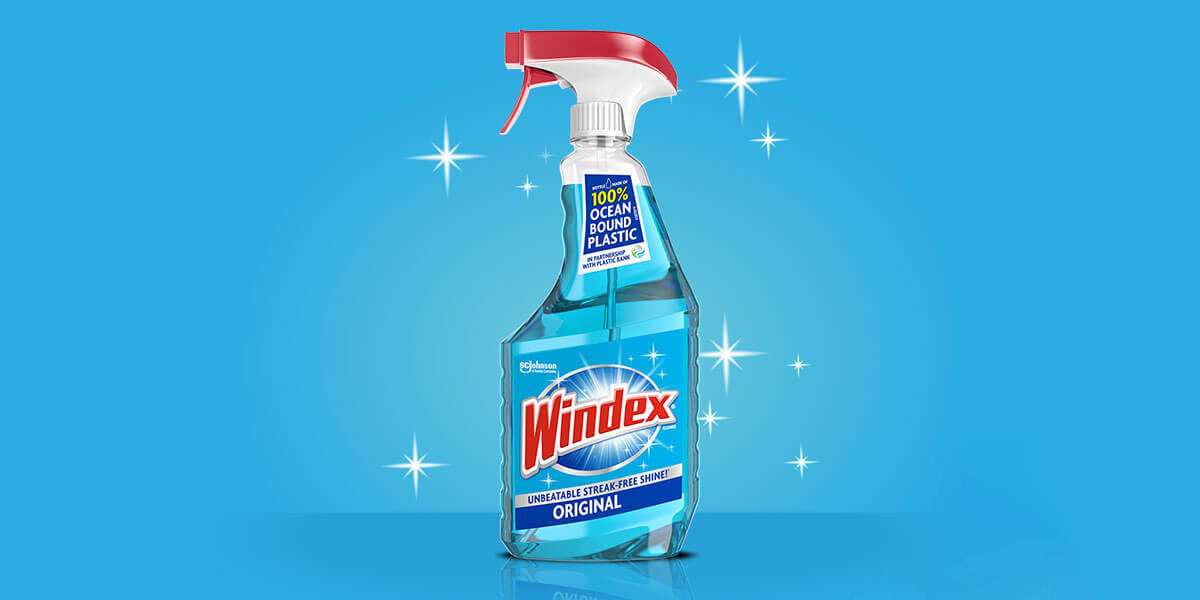
No, Windex should not be used for applying window tint. Windex contains ammonia which can damage your tint. Although ammonia has become less destructive to contemporary films compared to its effects on earlier films, using Windex as a lubricant is still not recommended. Other reasons you shouldn’t use Windex to apply window tint include:
- Windex contains more than just ammonia which could damage the film.
- The amount of pressure required when using Windex as a lubricant will increase the chances of scratching or damaging the window tinting film.
- Windex does not reduce friction as well as other lubricants, such as water and soap.
For the best results and to avoid damaging your tinted windows, it is best to use a lubricant specifically designed for window tint application. These lubricants are designed for optimal performance and will not cause any damage to the film. Additionally, these lubricants help reduce friction when applying the film so you can get a smooth, even finish. In summary, using Windex is a bit like putting suction cups on tinted windows, you simply shouldn’t do it as it will cause damage.
What window tint application solution do professionals use?
Professionals use a specialty window tinting solution, such as RapidTint or SunGard, to apply window tint. Others prefer to use pure rubbing alcohol. These solutions help the film adhere to the window while reducing static cling and water spots. It also cleans the surface of the glass before application and can be used with a squeegee for an even application. After cutting the tint and then applying it, installers use a microfiber cloth to remove any excess solution and smooth the edges of the film. This ensures that the window tint will look its best once it is finished.
Interesting fact: Some DIY’ers like to use Johnson and Johnson baby shampoo, diluted with water, to help with their installation. Whilst others say they have had success with using a mild dish soap solution. As a professional tint shop we naturally don’t recommend either of these methods but if you are looking to experiment around with some different options and don’t mind if your tint looks good once finished, you may want to give them a go. Just be mindful to test different options on a spare piece of glass so you can remove it easily if you notice any issues like a purple haze or if the tint lightens after installation.
Applying window tint should only be done by professionals who have the appropriate tools and experience. Doing so yourself may cause damage to your windows or other components of your car. It is best to hire a professional for proper installation.

